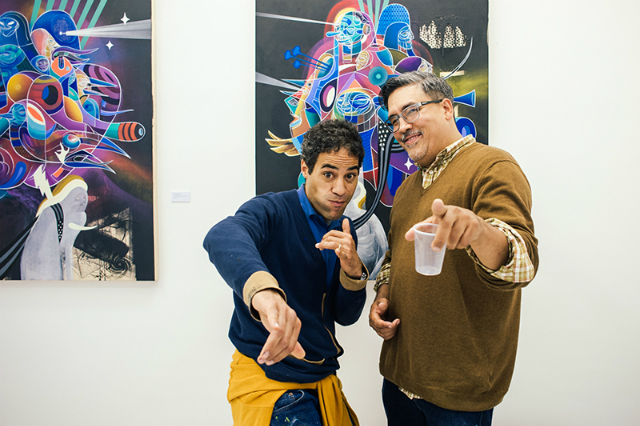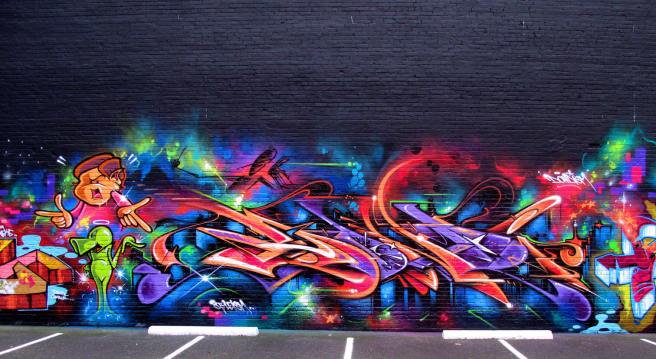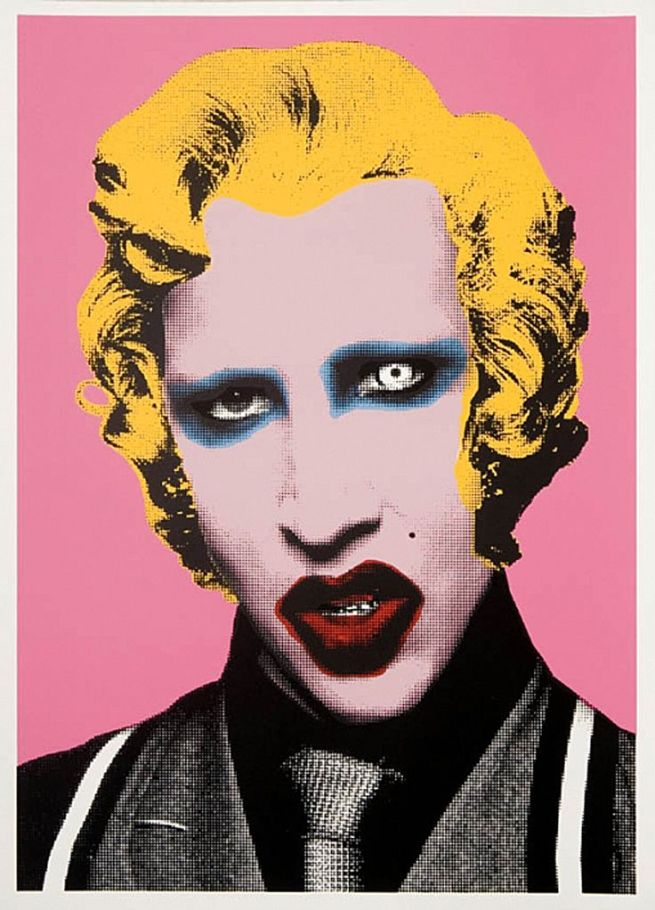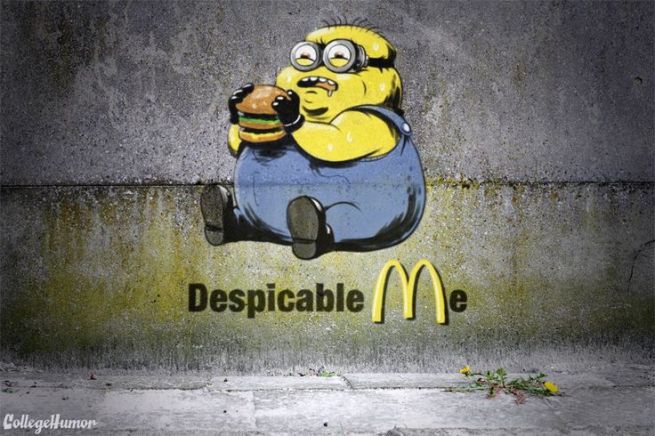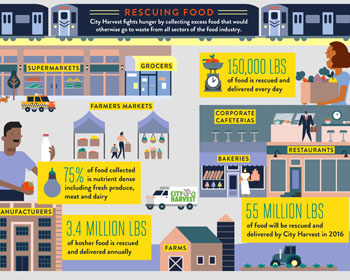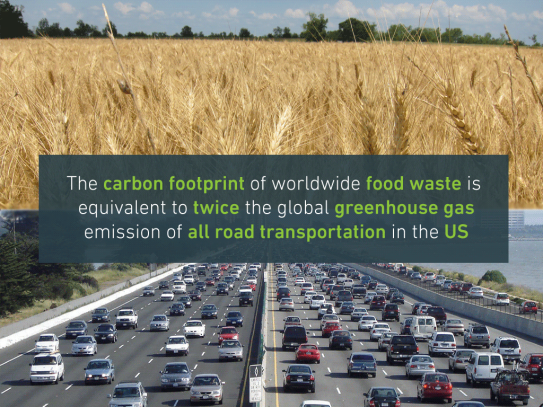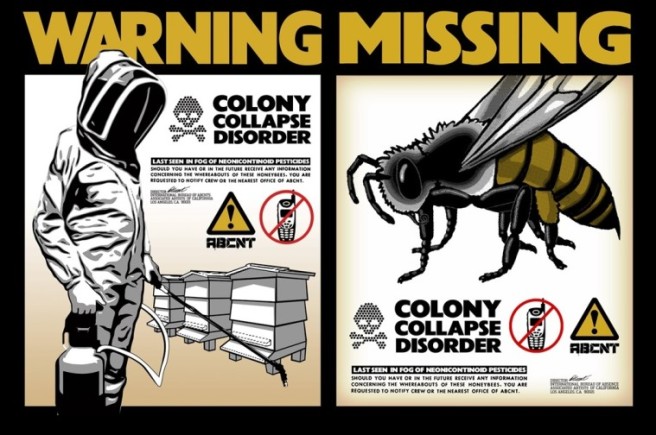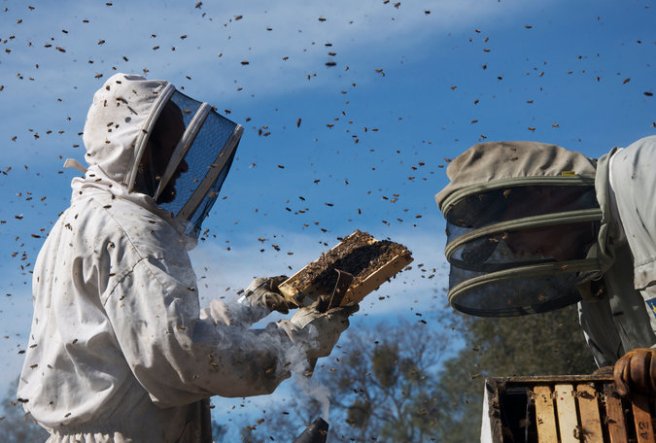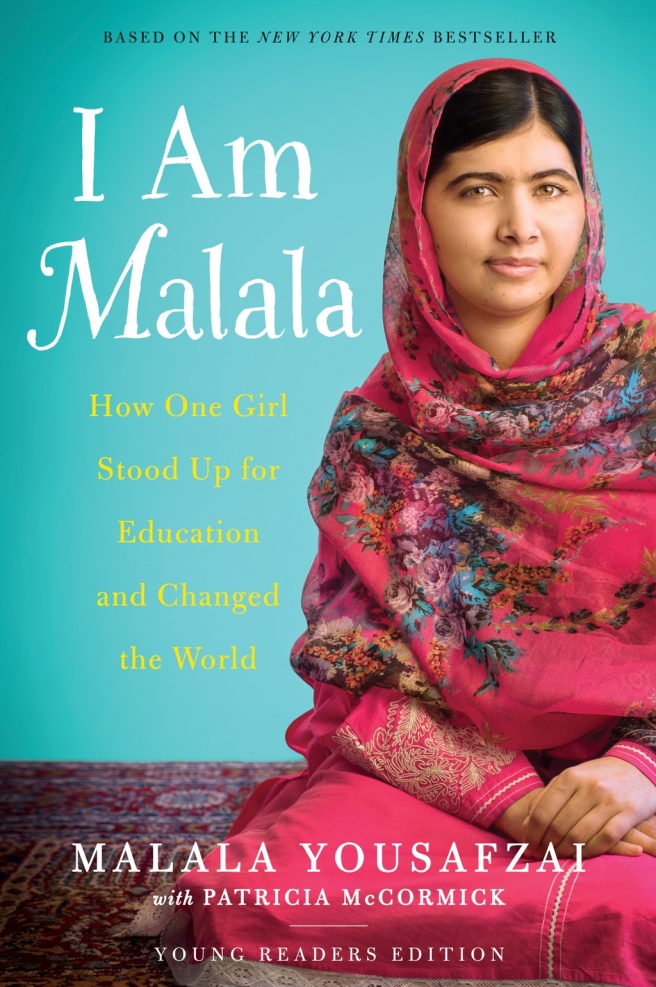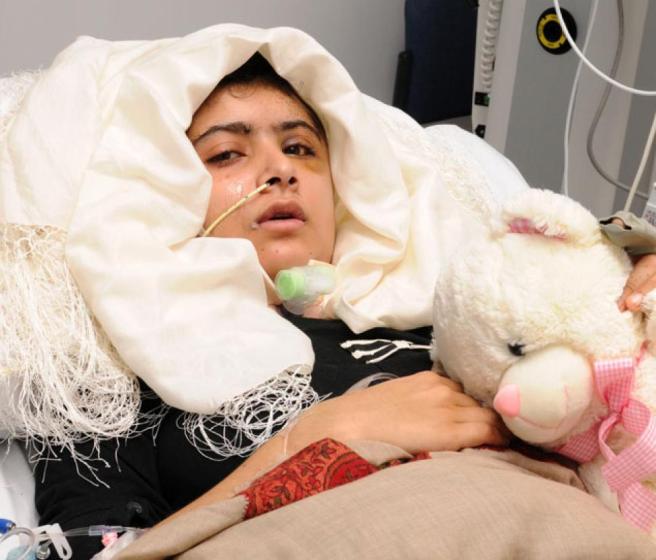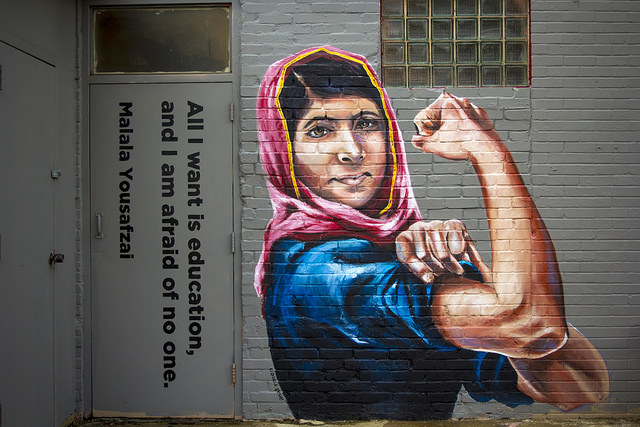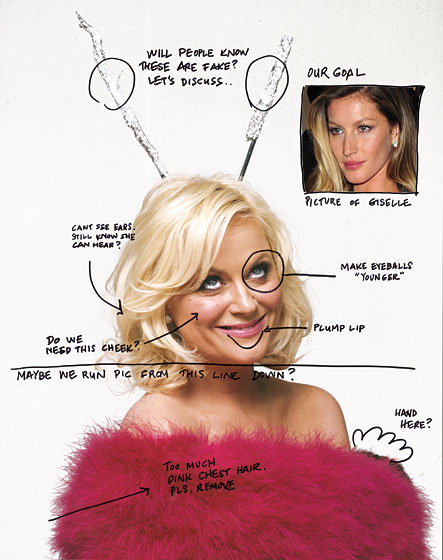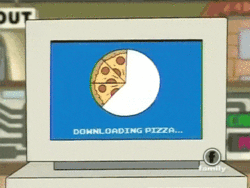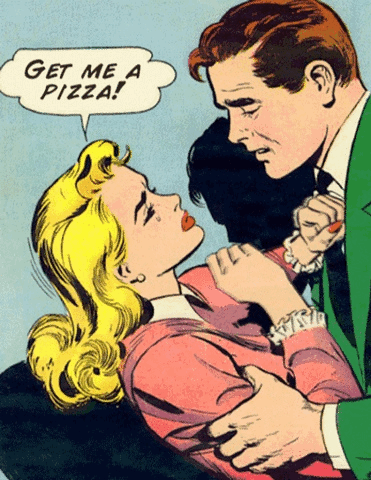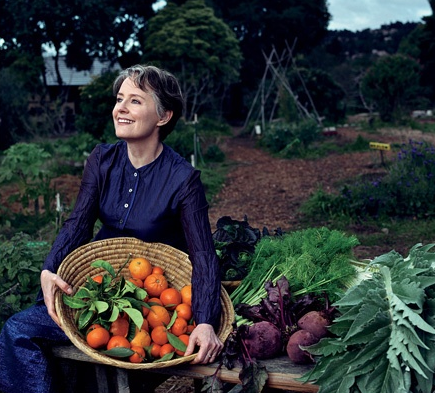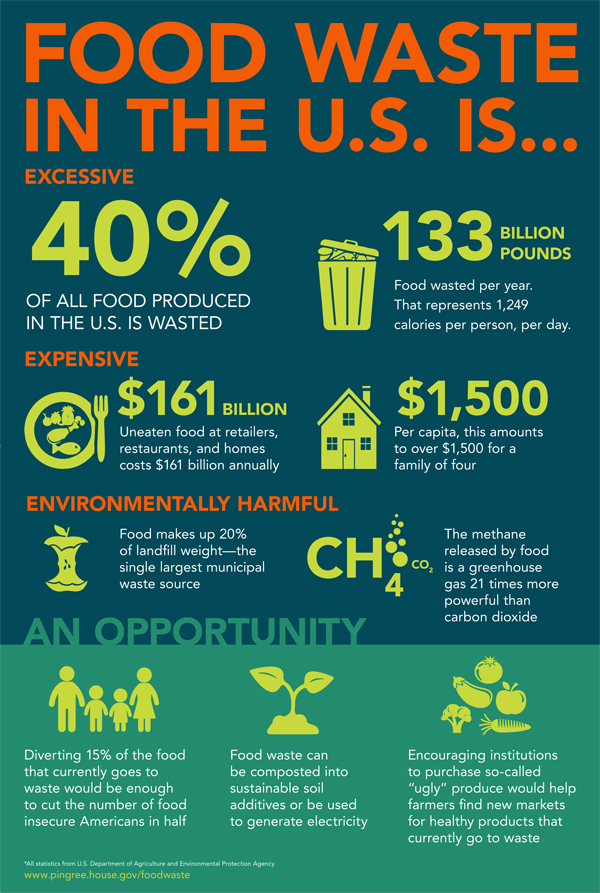
According to the United Nations Food and Agriculture Organization, a billion people are hungry, and three billion people are not eating well, if you count obese and overweight people alongside those with micronutrient deficiencies (1). In the next twelve years the world’s population is anticipated to grow another 1 billion. This would bring the total population to 8.2 Billion people (2). How will we feed the world in a healthy, yet sustainable way, without ruining our planet in the mean time? According to economist Julian Simon we now have the technology to feed, clothe, and supply energy to an ever growing population for the next 7 billion years’ and contrary to conventional wisdom, population growth would actually increase the food supply, for with more people would come more ideas and inventions (3). However, in order to change our food system on a global scale we must bridge the gap between these three paradoxes: 1. the imbalance of malnutrition and obesity; 2. the sustainable use of crop production directed to animal feed and the one directed to human consumption; 3. Food waste (every year, 1.3 billion tons of edible food is wasted) and the need to feed the 805 million malnourished people across the planet (2).
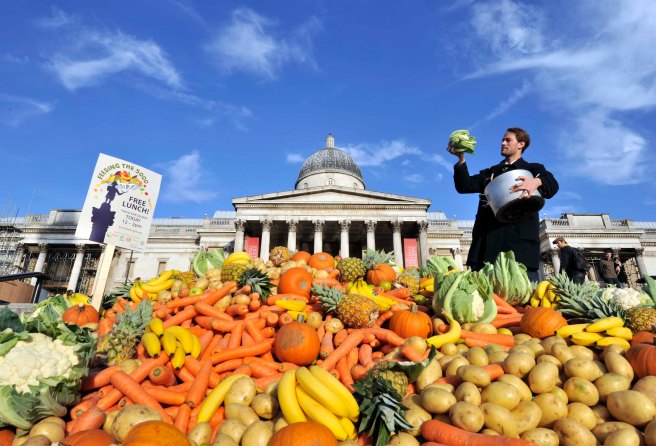
Because of the need to feed the world’s ever growing population, food waste is key to our future food system. “Something in the area of up to half of all that is produced, is wasted. In the undeveloped world, the waste happens before the food gets to people, from lack of roads and proper storage facilities, and the food rots. In the developed world, it’s the staggering amount of food that’s thrown out after it gets to our plates”, said Roger Johnson, president of the National Farmers Union, an advocacy group for U.S. Farmers (4). Estimates suggest that in the United States 40% of food goes uneaten, resulting in waste of 160 billion pounds of food each year. If we utilized only 30% of food wasted within the United States, we could eliminate food insecurity in the United States (5).
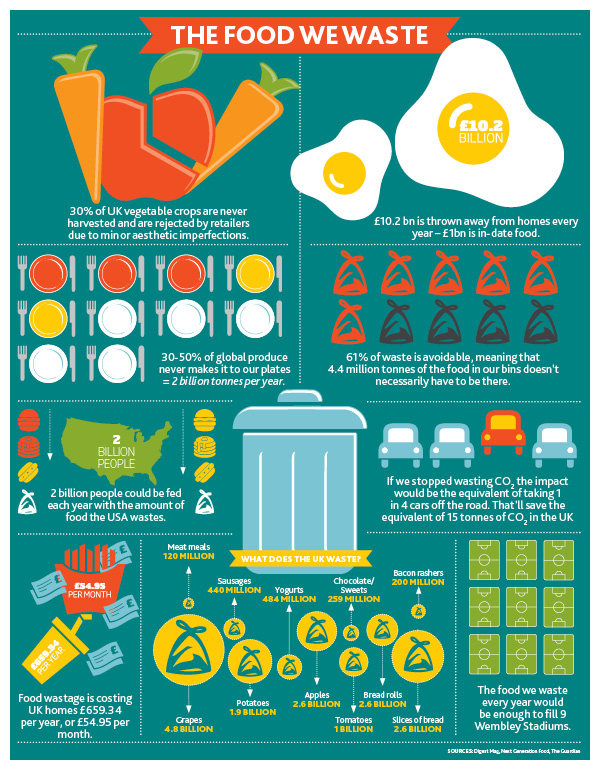
The world’s first food rescue organization, City Harvest NYC collects roughly 55 million pounds of excess food from restaurants, grocers, bakeries, manufacturers, and farms, and delivers it free of charge to 500 community food programs across the city this year, helping to feed the nearly 1.4 million New Yorkers facing hunger each year.
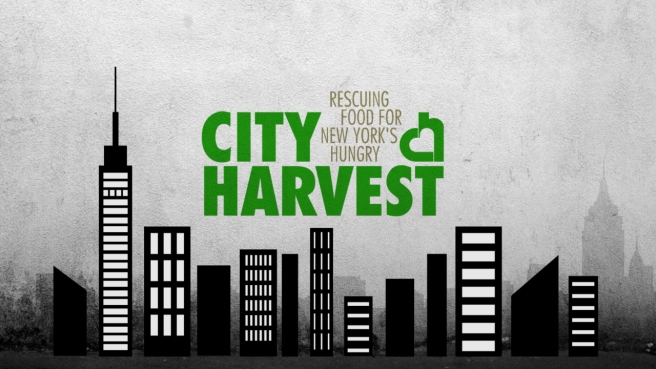
According to City Harvest, “Food rescue is the process of safely recovering a surplus food from the supply chain and distributing it to people in need. Not only does food rescue help ensure that millions of Americans have access to quality meals, it is also key to helping combat food waste” (5).
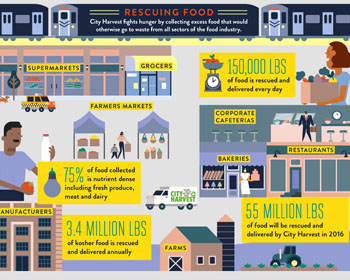
Reducing food losses by 15 percent would be enough food to feed more than 25 million Americans every year at a time when one in six Americans lack a secure supply of food to their tables. Increasing the efficiency of our food system is a solution that requires collaborative efforts by businesses, governments and consumers. The U.S. government should conduct a comprehensive study of losses in our food system and set national goals for waste reduction; businesses should seize opportunities to streamline their own operations, reduce food losses and save money; and consumers can waste less food by shopping wisely, knowing when food goes bad, buying produce that is perfectly edible even if it’s less cosmetically attractive, cooking only the amount of food they need, and eating their leftovers (4).
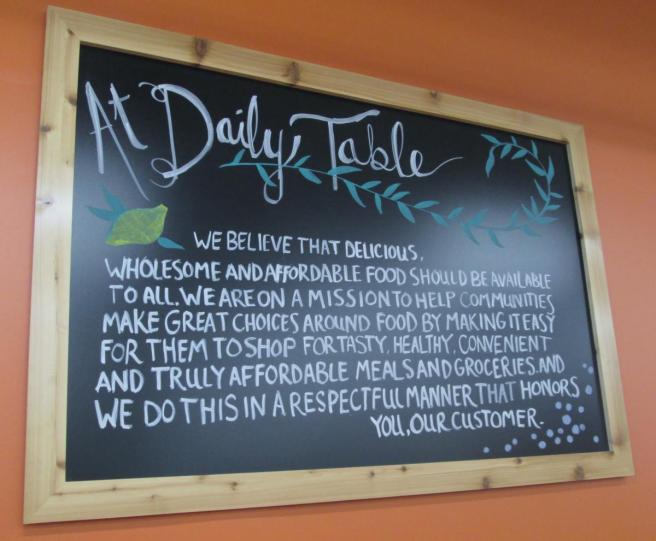
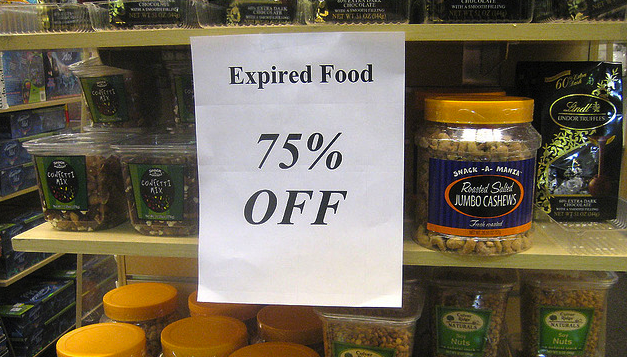
Another organization utilizing food that would have been otherwise wasted is, the Daily Table (founded by Trader Joe’s ex-president Doug Rauch). According to Rauch, “The Daily Table is a new kind of retail grocery store that offers fresh produce and grocery items as well as ready-to-cook and grab-n-go prepared meals at truly affordable prices. Our healthy meal options are priced to compete with the fast-food alternatives in the neighborhood. We do all of this by recovering food from supermarkets, growers and food distributors that would otherwise have been wasted. Hunger and wasted food are two problems that can have one solution”.
By educating the world’s population, we can develop plans to eliminate food waste, which can turn into future policy. The food of the future will be healthy, nutrient rich, and sustainable. Food is plentiful, and hunger is satisfied. Through education and awareness, we will be able to develop food rescues, functional foods, and better utilization of our land. Together we can combat world hunger and pave the way for a brighter sustainable future. If you want to learn more about how to change our food system, here is a great list of TED Talks you should watch now!
1.) Bittman, Mark “How to Feed the World,” The New York Times, October 14, 2013:http://www.nytimes.com/2013/10/15/opinion/how-to-feed-the-world.html?emc=eta1&_r=
2.) Paradiso,G. (January 2015). The Future of Food: How to Feed 9 Billion People. Retrieved from http://www.huffingtonpost.com/gaia-paradiso/the-future-of-food-how to_b_6497314.html
3.) Belasco,Warren “Future Notes: A Meal-in-a-Pill”. FUSA Food and The Nation 6, pp. 59-74.
4.) http://www.cnn.com/2015/10/16/us/iyw-city-harvest/
5.) cityharvest.org
